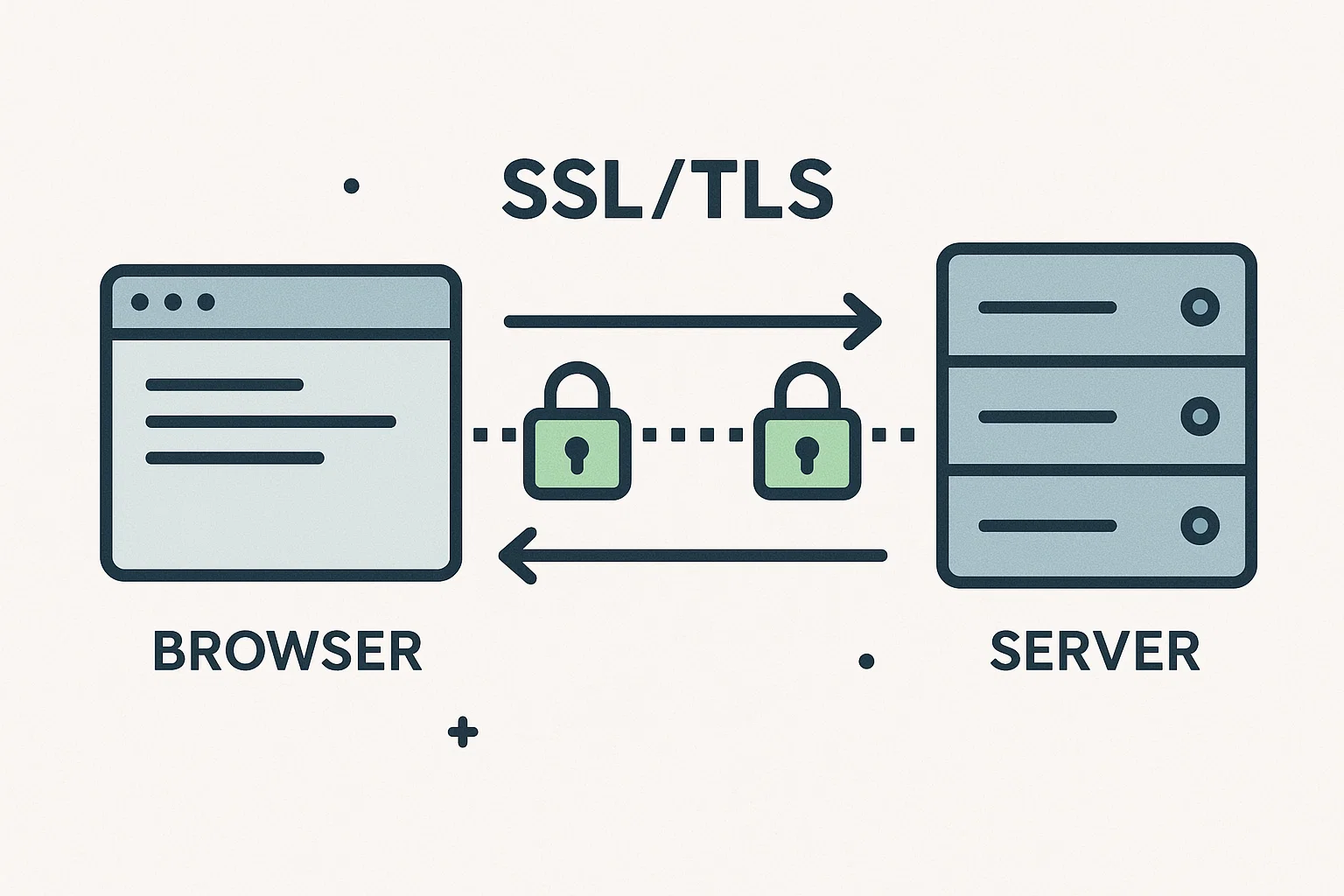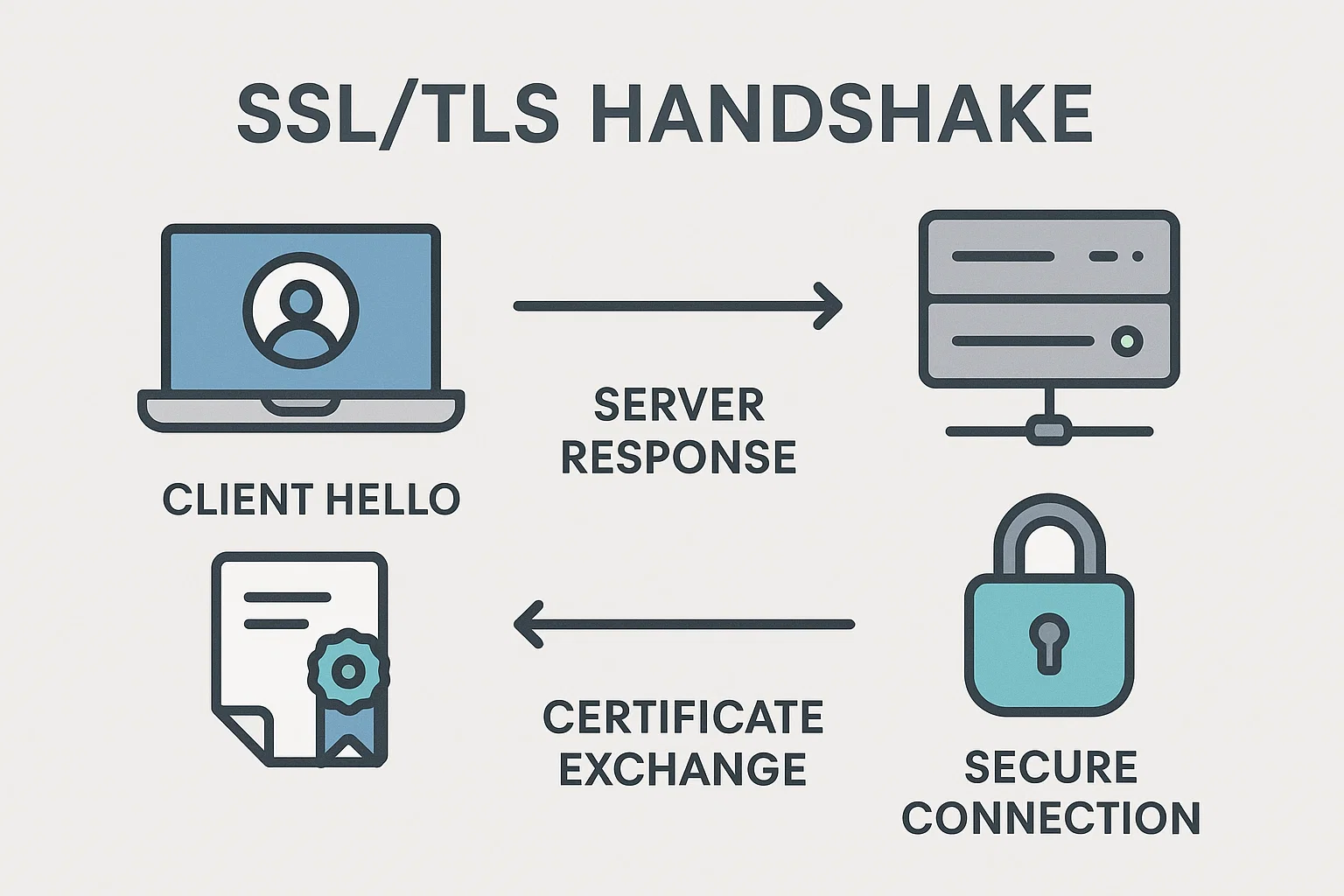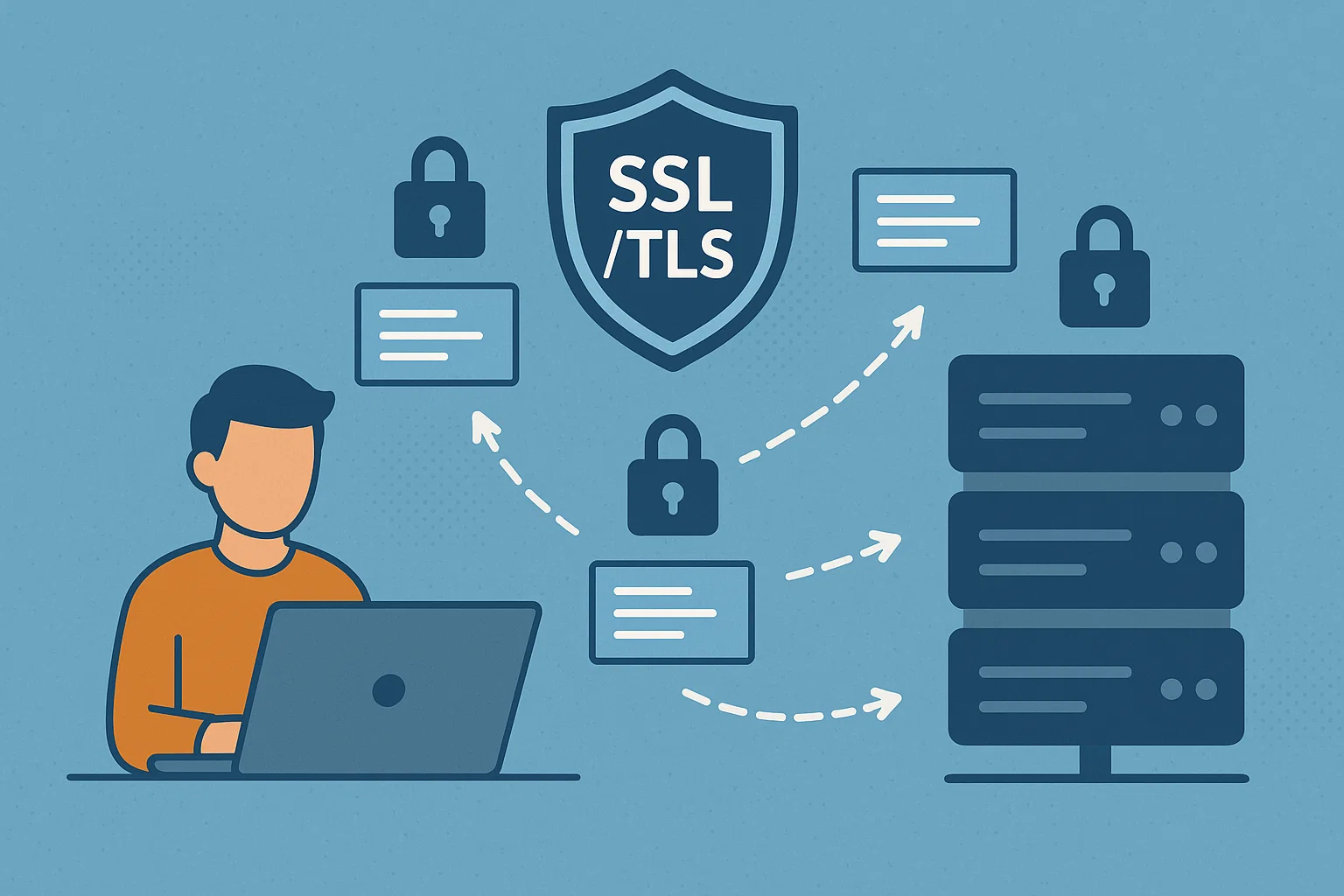Understanding how SSL and TLS works is critical for anyone who owns or manages a website. These protocols form the backbone of secure communication on the internet, protecting sensitive information such as login credentials, payment details, and personal data. Without SSL (Secure Sockets Layer) and its successor TLS (Transport Layer Security), online transactions and private communications would be vulnerable to interception and tampering. While many users recognize SSL through the familiar padlock icon in their browser, few understand how SSL and TLS works behind the scenes to create a secure digital environment. This article explores the mechanics of SSL and TLS, why they are essential, and how businesses can benefit from implementing them correctly.

The Role of SSL and TLS in Online Security
To understand how SSL and TLS works, it is helpful to look at their role in securing web communications. These protocols establish an encrypted connection between a browser and a server. By encrypting the data transmitted, SSL and TLS ensure that even if attackers intercept the communication, they cannot read the information. This is especially important for eCommerce websites, online banking, and any platform where sensitive data is exchanged. Businesses that invest in Ecommerce Website Design rely heavily on SSL and TLS to protect customer trust and comply with data security regulations.
The Handshake Process
One of the most important steps in how SSL and TLS works is the handshake process. The handshake is the initial communication between a client (browser) and server that establishes the parameters of the secure session. During the handshake, the browser and server exchange cryptographic keys, verify digital certificates, and agree on an encryption method. Once this process is complete, all subsequent communication is encrypted. The handshake ensures that both parties are who they claim to be and that data will be kept confidential. This crucial step highlights the sophistication of SSL and TLS in maintaining online trust.

Encryption and Data Protection
At the core of how SSL and TLS works is encryption. Encryption transforms readable data into an unreadable format using cryptographic algorithms. Only authorized parties with the correct decryption key can access the original data. For example, when a customer enters payment details on a website, SSL and TLS encryption prevents hackers from stealing that information during transmission. This is why modern Shopify Website Design and WooCommerce Website Design services always include SSL certificates as part of their development process. Encryption is not only a protective measure but also a signal to users that a business values their security.
Certificates and Authentication
Another vital element of how SSL and TLS works is authentication through digital certificates. An SSL certificate is issued by a trusted Certificate Authority (CA) and validates the identity of a website. When a browser connects to a website, it checks the certificate to confirm that the site is legitimate. This prevents attackers from creating fraudulent websites to steal information. Different types of SSL certificates exist, ranging from basic domain validation to extended validation, which provides the highest level of trust. For businesses, investing in the right certificate is crucial for building customer confidence and ensuring compliance with industry standards.
How SSL and TLS Impacts SEO
Beyond security, understanding how SSL and TLS works also reveals their impact on search engine optimization. Google has confirmed that HTTPS is a ranking factor, meaning websites using SSL and TLS are more likely to rank higher in search results. In addition, browsers like Chrome now label non-HTTPS sites as “Not Secure,” which can drive visitors away. Businesses that want to remain competitive cannot ignore this factor. Combining secure protocols with expert SEO Services helps companies improve both trustworthiness and visibility online.

Performance Considerations
Some businesses worry that implementing SSL and TLS might slow down their websites. While it is true that encryption requires processing power, modern servers and optimization techniques minimize performance issues. In fact, with advancements such as HTTP/2, websites can often become faster when combined with SSL. This proves that how SSL and TLS works not only secures communication but can also improve overall website efficiency. Regular Website Maintenance ensures that SSL certificates are kept up to date and that sites continue to deliver optimal performance alongside security.
Transition from SSL to TLS
Although people commonly refer to SSL, the truth is that TLS has largely replaced it. TLS is a more secure and updated protocol that addresses vulnerabilities found in earlier SSL versions. However, the term “SSL” persists because it has become widely recognized. Understanding how SSL and TLS works means recognizing that TLS is the standard today, offering stronger encryption methods and better protection. Businesses should ensure their websites are configured to use the latest version of TLS to avoid potential security risks. Partnering with professionals can make this transition seamless and effective.
Common Misconceptions
There are several misconceptions about how SSL and TLS works. One common misunderstanding is that SSL only protects websites handling financial transactions. In reality, SSL and TLS are necessary for any site that collects personal information, login credentials, or even contact forms. Another misconception is that free SSL certificates are less secure than paid ones. While free certificates provide basic protection, the difference often lies in the level of validation and support provided by the issuing authority. Clarifying these points helps businesses make informed decisions about the security of their websites.
The Business Benefits of SSL and TLS
Implementing SSL and TLS provides multiple benefits beyond technical security. First, it establishes trust with customers, who are more likely to interact with a secure website. Second, it ensures compliance with data protection regulations, which is increasingly important in industries handling sensitive data. Third, it reduces the risk of cyberattacks such as man-in-the-middle attacks or data breaches. Finally, it enhances overall brand reputation, as a secure website signals professionalism and credibility. These business advantages highlight why understanding how SSL and TLS works is critical in today’s digital economy.

Outbound Resources for Further Learning
For those wanting to dive deeper into how SSL and TLS works, several reputable resources are available. The Cloudflare Guide to SSL provides a simple breakdown of the concepts. For more technical readers, the SSL.com FAQ offers in-depth explanations. Mozilla also provides detailed documentation on server-side TLS best practices. These external resources help both technical and non-technical users understand the importance of encryption in modern web security.
Conclusion
Understanding how SSL and TLS works is essential for securing modern websites and building user trust. From the handshake process and encryption to authentication and certificates, these protocols ensure safe communication between browsers and servers. They not only protect sensitive data but also improve SEO rankings, performance, and credibility. For businesses in Palm Bay, Florida, and Kirtland, Ohio, Best Website Builder Group provides professional Ecommerce Website Design, secure WooCommerce Website Design, and comprehensive Website Maintenance services to ensure websites remain secure, optimized, and trusted by both customers and search engines.
